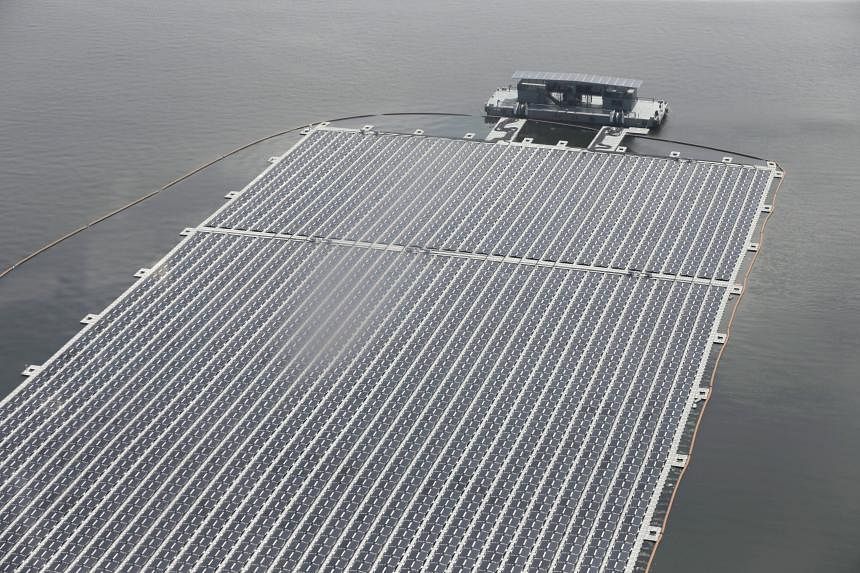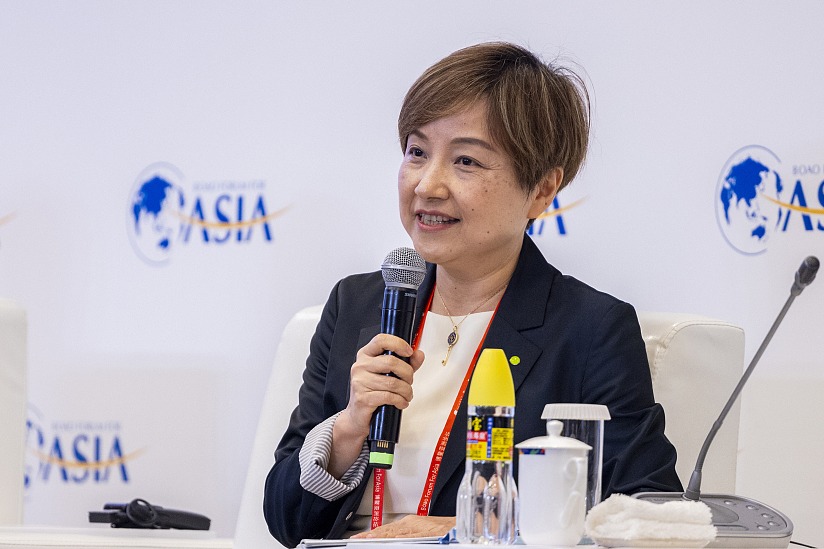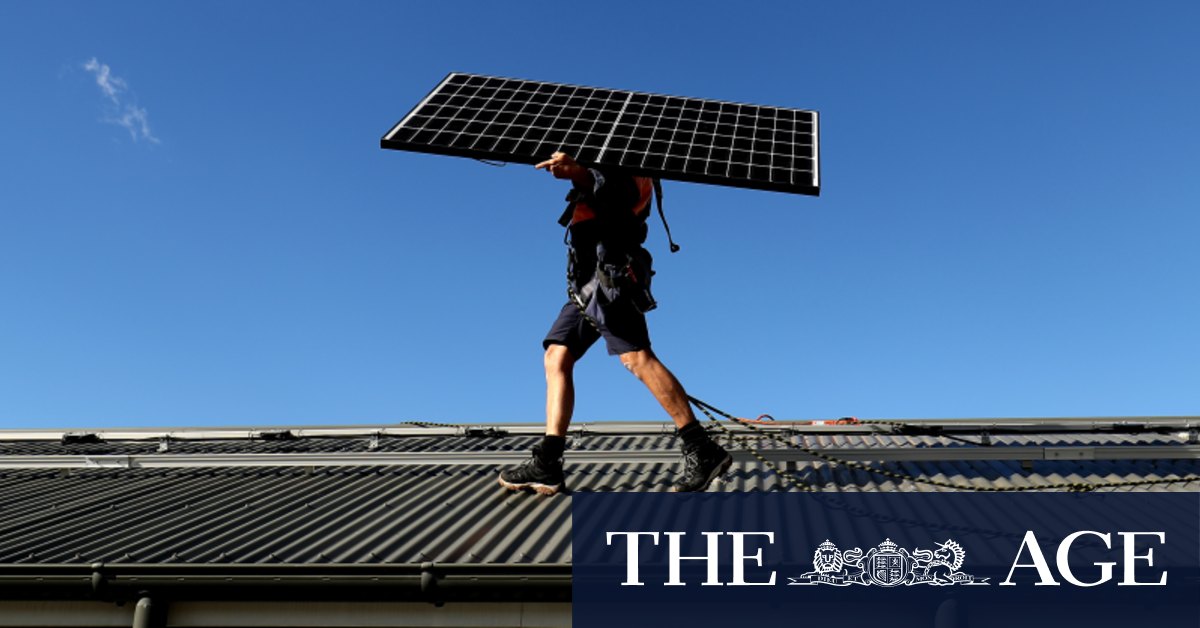Boosting Renewable Energy with Solar Technology
Singapore will begin constructing its largest floating solar farm at Kranji Reservoir in 2025. An environmental study confirmed the installation of solar panels will not significantly impact the reservoir’s biodiversity. This project marks a significant step in Singapore’s renewable energy initiatives, contributing substantially to the solar energy market.
Solar Farm Specifications and Impact
The Kranji Reservoir solar farm will produce 141 MW-peak (MWp) of clean energy, equivalent to 112.5 MWp when converted to AC. This output will contribute around 7% of Singapore’s target of 2 gigawatt-peak (GWp) solar capacity by 2030, supporting the nation’s green energy policies. According to the Energy Market Authority (EMA), Singapore’s solar capacity stood at approximately 1.2 GWp as of Q1 2024.
The Economic Development Board (EDB) initiated the project in 2018, exploring a 100 MWp floating solar panel system for private-sector use. The environmental impact study, conducted by environmental consultancy ERM for Malkoha from 2020 to 2023, concluded that the project’s impacts on biodiversity could be managed with mitigation measures.
Mitigation Measures and Environmental Considerations
To minimize the environmental impact, only 21.5% of the reservoir’s surface will be covered with solar panels. A 50-meter boundary will be established between the panels and the western shoreline to protect bird species. The clusters of solar panels have been reconfigured to avoid areas frequented by foraging birds, mitigating potential impacts on water quality.
The solar farm’s design also includes 30-40 meter corridors for operational vessels and emergency boats, ensuring minimal disruption to the ecosystem. These measures aim to maintain the balance between renewable energy development and biodiversity conservation.
Future Solar Energy Developments
Construction of the Kranji solar farm will start in 2025, with operations expected to begin between 2027 and 2028. Kranji Reservoir, located near sensitive ecological areas such as Kranji Marshes, Sungei Buloh Wetland Reserve, and Mandai Mangrove and Mudflat, is home to various bird species, including the endangered little tern and purple heron.
Additional large-scale solar farms are in development, including a 100 MWp project at Lower Seletar Reservoir and a 44 MWp farm at Pandan Reservoir. These projects reflect Singapore’s commitment to increasing its solar energy capacity, addressing energy market trends, and adhering to green energy policies.
Commitment to a Sustainable Future
Solar energy remains Singapore’s most promising renewable energy source due to its lack of access to hydropower and wind energy. An EMA-commissioned report found that Singapore’s power generation sector could achieve net-zero emissions by 2050. With land constraints, Singapore is maximizing solar capacity on its reservoirs, starting with the 60 MWp farm at Tengeh Reservoir in July 2021.
ST has contacted EDB and Meta, the parent company of Malkoha, for further plans regarding the Kranji solar farm project. This initiative underscores Singapore’s dedication to solar energy investment, solar technology advancements, and sustainable development.
By harnessing solar power, Singapore continues to set new benchmarks in the solar energy market, contributing to global energy market trends and driving forward green energy policies.
Source:straitstimes.com





